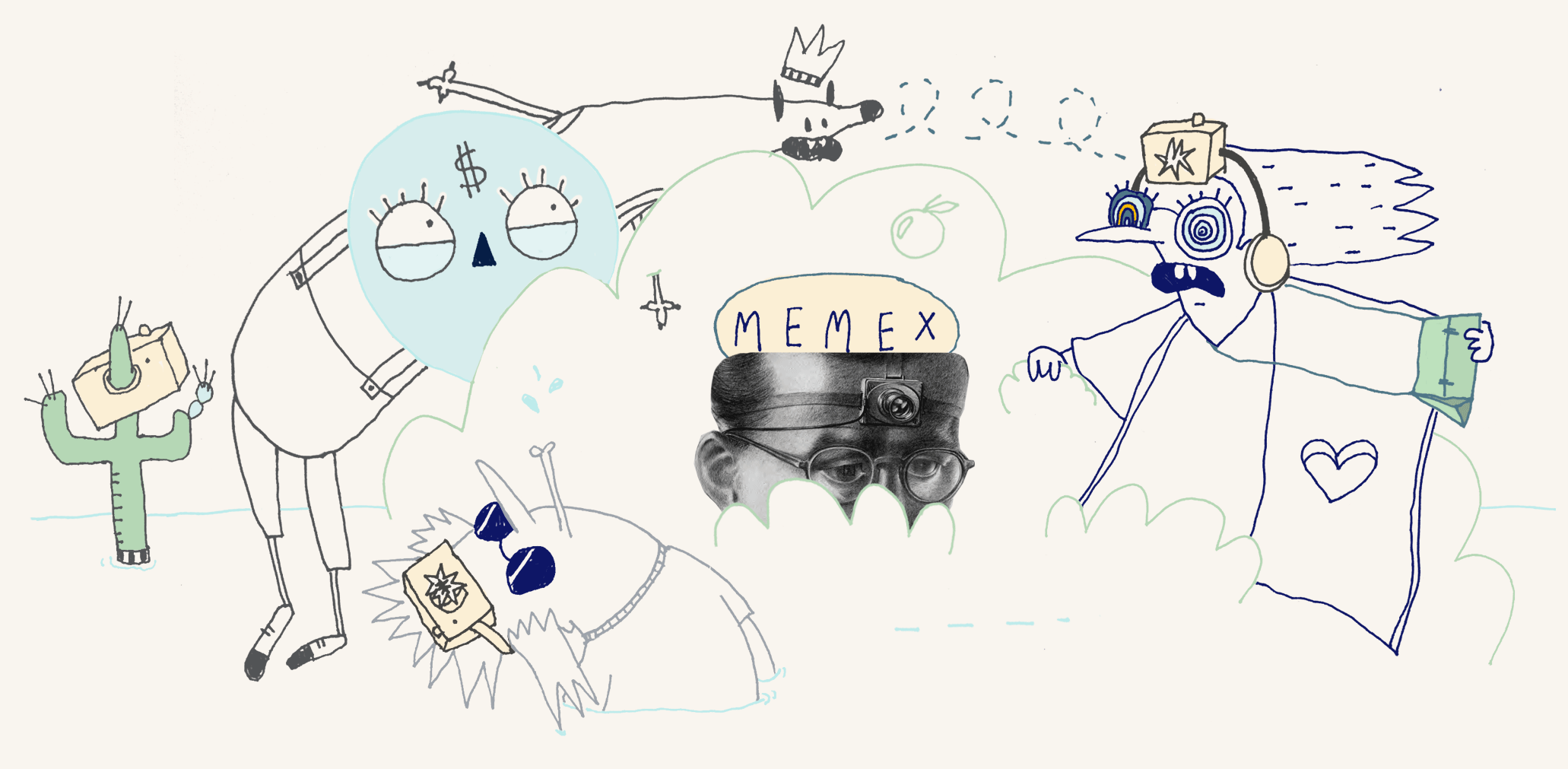Many fundamental and commonplace aspects of the web today, used to be far-fetched at best. Yet so many of them originated from one foundational essay written in 1945, which laid out ideas that still relate to the web today. As We May Think by Dr. Vannevar Bush, published in The Atlantic, is in many ways the origin story of our field.
During the second World War, Dr. Bush served as Director of the Office of Scientific Research and Development for the U.S. Government, leading all R&D for the military and war effort, including the Manhattan Project. When World War II was over, Bush turned his attention to the use of communications technologies and imagining what might emerge from their development.

In As We May Think, Bush predicts a generation of vast and ever-increasing scientific information. He goes on to describe the tools under development to deal with the coming flood of knowledge—how to categorize it and make it available. He discusses the then-recent use of the photocell, other photographic techniques for capturing and compressing information, and other new technologies for transmission and retrieval of information.
What I find most striking is an imaginary system he refers to as the memex. Using the latest technologies of the day, the memex would tackle the ‘needle in the haystack’ problem: how to find what you need amid the vast amounts of information available. The fundamental technique, he proposed, would be storage of information in an associative manner: establishing “trails” of information retrieval that mimic the way our brains organize and recall information, rather than relying on the more commonly used clerical organizational structures such as alphabetical or categorical.
The ideas in this essay have influenced every generation of computer scientists to this day, which have been inspired by Bush’s expansive vision of the future. For example, the idea of the memex was cited by Douglas Engelbart, the the inventor of the mouse; by Ted Nelson in his concept of hypertext; and by Tim Berners-Lee, the inventor of the World Wide Web. Echoes of Bush’s ideas can be seen in contemporary computers and interfaces, and in the ways the world’s largest companies deal with data.
But does the memex idea have anything to do with today’s web? I see Bush’s ideas clearly expressed in two of the most successful modern information systems: Wikipedia and Google. Wikipedia is a prime example of how hyperlinking entries together via words or concepts can create an associative mesh of linked information, much the way Bush imagined. As for Google, the ideas around its PageRank algorithm owe a lot to the original idea of the memex, specifically, the way it uses links or trails of information on the web as a ranking mechanism that enables the most relevant information for any particular search query to surface first.
Emerging media develops so quickly that its history may seem irrelevant. We are too busy trying to absorb the present and invent the future. Yet all of the devices and tools we use, the ways we get new information, and things that influence the fundamental way we think now, are the concrete results of visionaries like Vannevar Bush. To paraphrase Newton, Bush is one of the strong shoulders we’ve stood on to create the world we live in today.

